M.Arch 2 Graduate Nero He Reflects on the Power of Limitations in Building a Better World
Nero He graduated from SCI-Arc’s M.Arch 2 program in 2020. He is currently a Visiting Professor in the School of Architecture + Design at Virginia Tech and has a creative practice called HeXagōn. His teaching, research, and practice directions all share the same focus on creating quasi-autonomous workflows to collaborate with the computer.
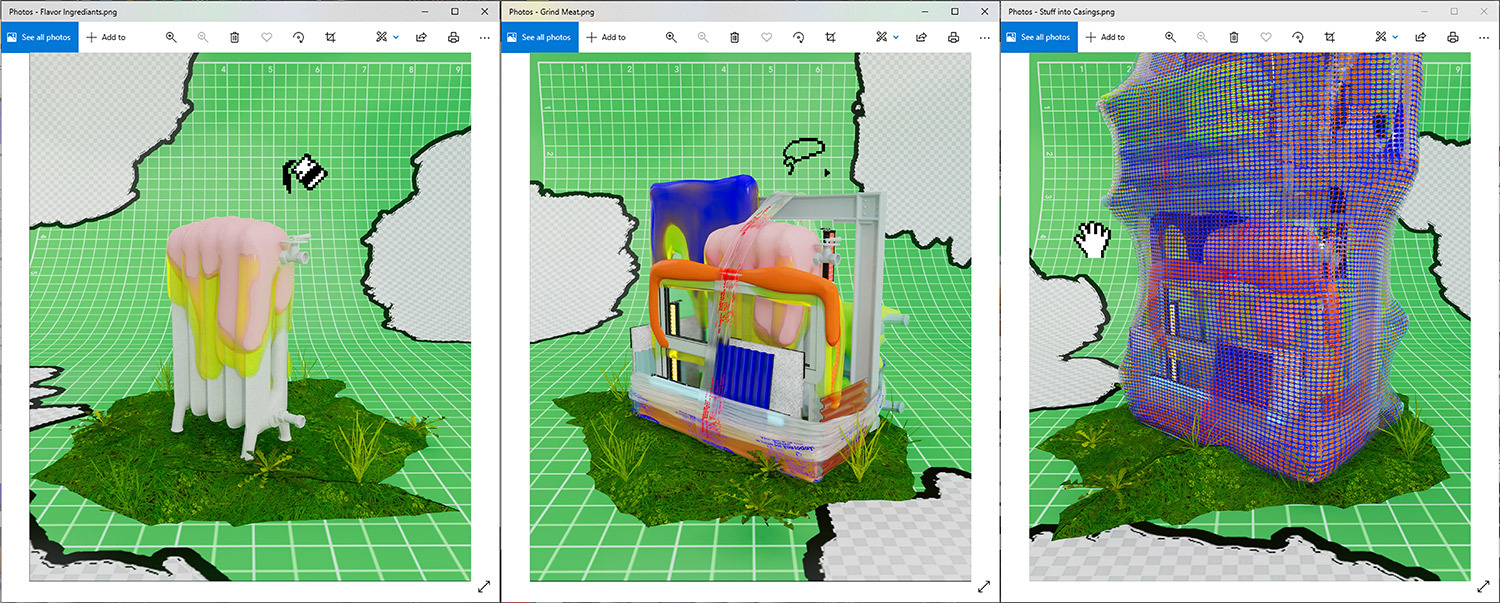
As a graduate during the pandemic, SCI-Arc alum Nero He discovered a renewed focus and purpose in the limitations of this unprecedented time. “I believe our generation of designers has been shaped by all new limitations in post-COVID times,” he shared. “Being aware and conscious about the limitation of a computer is easier to achieve than finding the limitation of a human's creativity.”
We spoke to Nero to learn more about what he has both learned and achieved in his life and career after graduating from SCI-Arc.
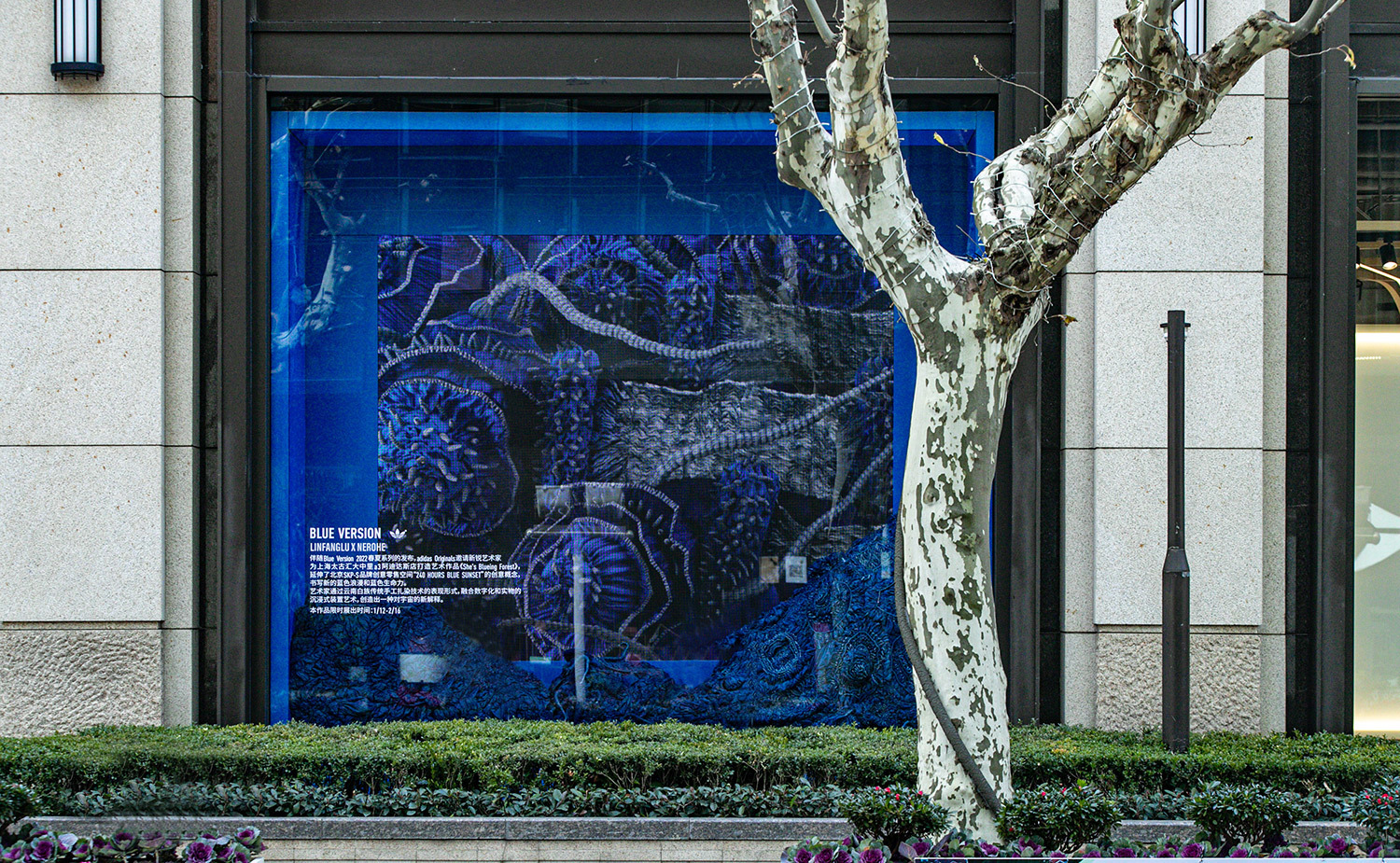
Hi Nero, thank you for speaking with us. First of all, how do you form your concepts and modalities when choosing what projects you'd like to work on?
I have two general directions: automavision, to re-design and re-see architecture with nonhuman-centric perspectives, and phygital construction, to fabricate through the exchange between physical and digital mediums. My practice is still very young. I am still in the stage of not being able to say no to a lot of things including pro-bono projects.
I classify my design work as the result of collaboration between my team, my clients, and our computers. My work always circles back to the conversation about what could be done by human labor and computer labor within the time frame. This topic excites me because constraints provide solid reasons to create a suitable workflow. I understand the importance of finding the right language to frame our work in a more accessible way to communicate with people not within our field. I would like to find out that language first and then define what work I would like to work on.
Clients I collaborated with respect my perception of design and appreciate projects produced out of the studio. They came to me asking for speculative projects and presentations bridging the physical and digital worlds. In another word, I think they know what projects I would like to work on more than I am. I had a lot of fun working on projects like the Adidas storefront installation, museum art installations, digital fashion houses, and many more. They allowed me to test different limitations in design.
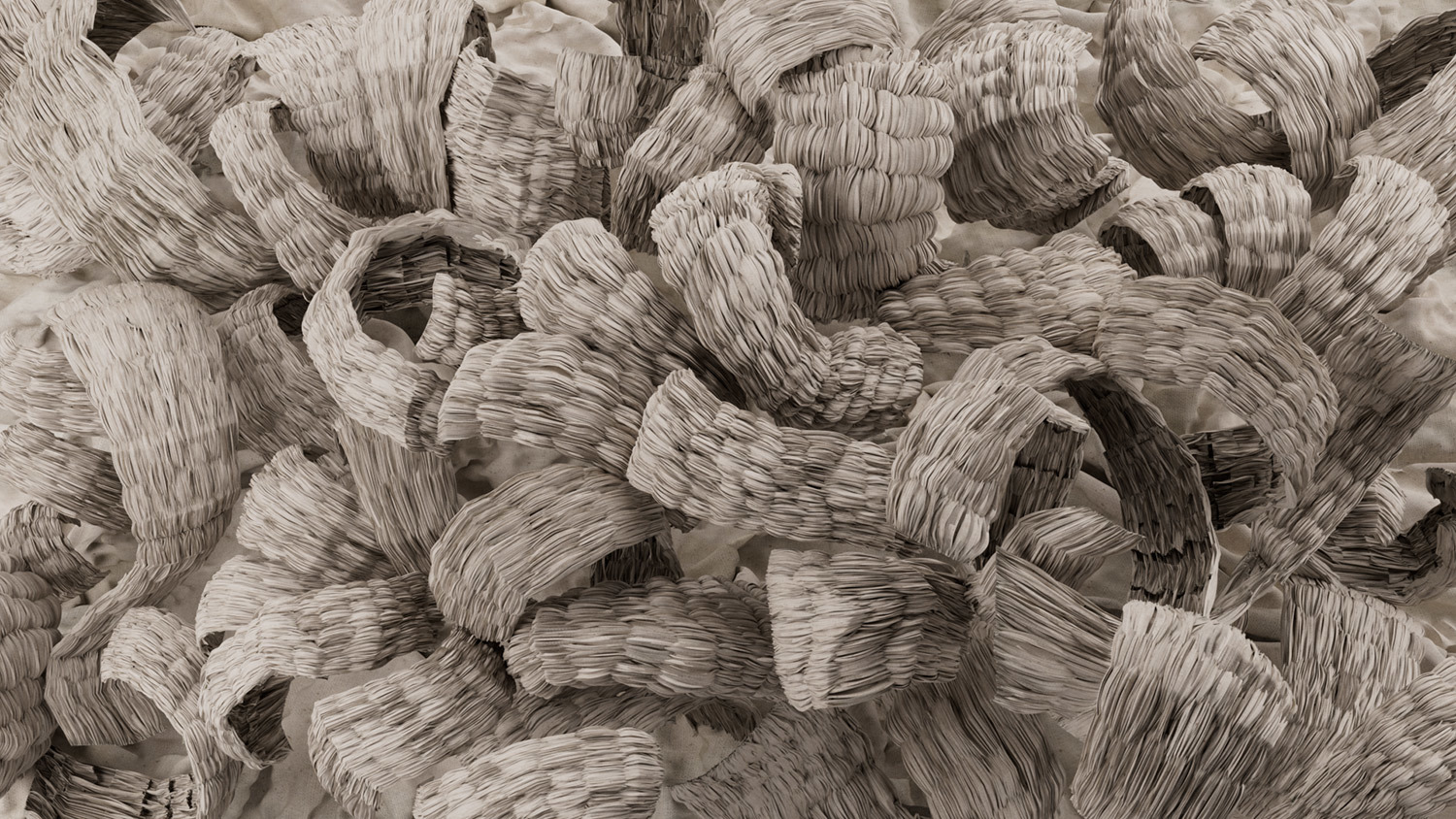
Speaking of the Adidas project, it seems that you explore different combinations of commerce mirrored by social missions, like climate and sustainability. Can you talk about how you marry these elements so seamlessly in the work that you're doing as well as in your teaching?
My current practice, as well as my teaching and research directions, is a continuous study derive from my graduate thesis at SCI-Arc. The Covid lockdown in 2020 made me reflect on my relationship with the only accessible design tool, for the time being, my computer. Do I want my computer to predetermine everything for me, make all calculations in advance, and be the smartest AI in the cloud that tells me what I want to see every moment in the world? Or do I just want my computer to output something playful, random, and unexpected—something special? The latter interests me more. My computer is no longer a design tool to me, but my collaborator. I adapted to a new and more suitable role in design during this critical time.
I started to intentionally break up the direct connection between myself with what would be created. The collaboration between me and my computer maximized what each of us could do: while the computer is putting out optimized automated limitless possibilities, I set up the logic and restriction to the computer freedom and curate the final result. It’s this constant push and pull between me and my computer that makes my workflow very similar to scientific research.
When I outsource partial design work for the computer to figure out, my attention is no longer locked to the final result. I realized my work has a physical impact even when they are still in process and in digital format. Adidas installation was taken up 289GB of my drive space and required five computers to render eight days nonstop for a 37-second animation. When it has been rendered, my apartment loft does not need to turn the heater on during cold winter days in Virginia. If we agree the energy required to produce material is a large factor in the raw material cost, my work and all other work being created digitally have the same impact as physical materials. Digital waste and digital energy consumption are also as real as all physical ones. They affect the climate and could be more sustainable. The consciousness of using digital tools needs to be developed, especially when the world is telling us to shift our work to the cloud. We need to be more critical of our digital design behaviors. We need new rules and standards to produce our work more efficiently and reduce excessive representations.
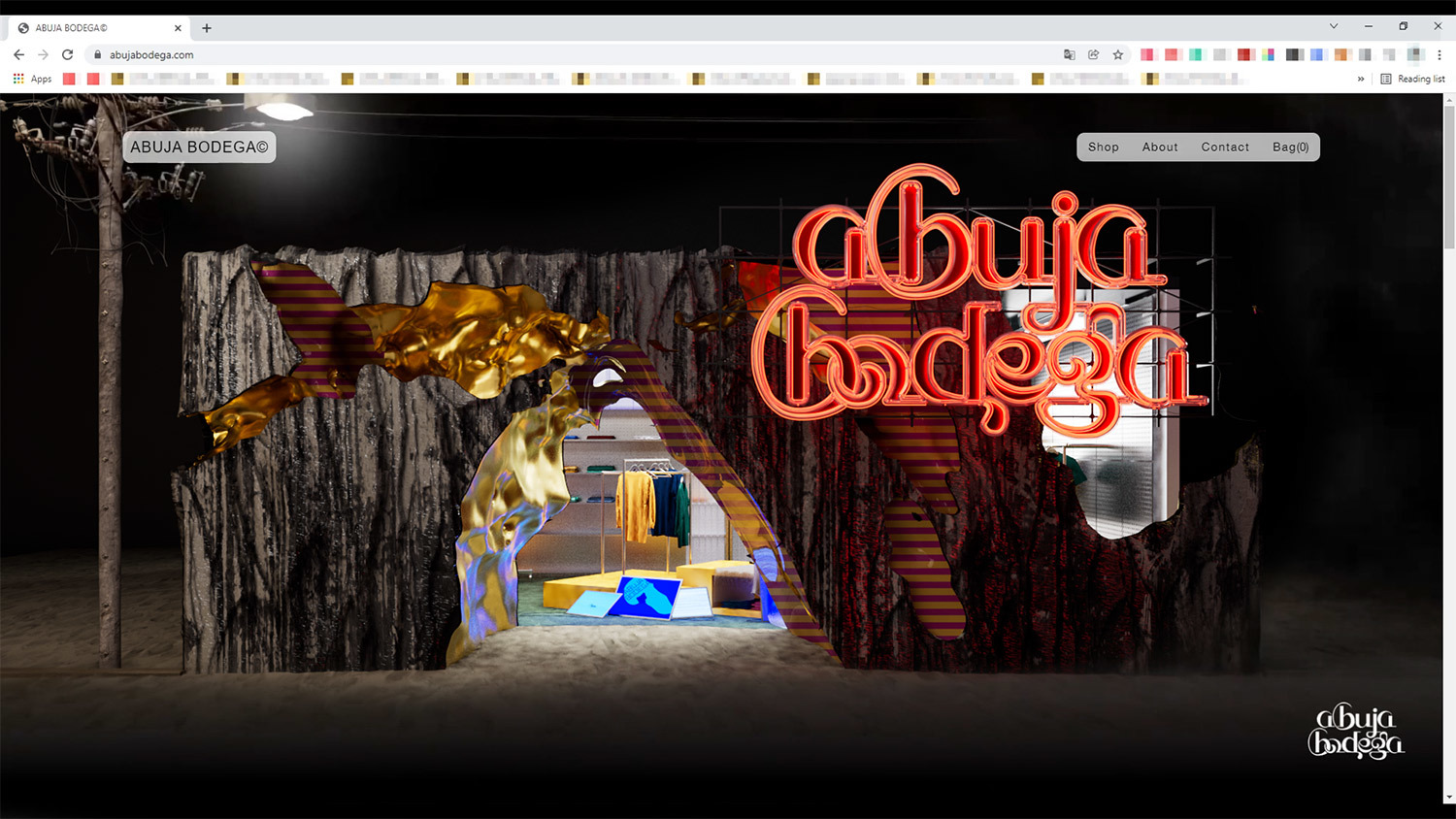
From that, I'm curious how you originally developed your workflow. I noticed that you mentioned the word ‘phygital’ in each of your projects. Knowing that that's sort of a word that's been coined at SCI-Arc, how do you define that now post-SCI-Arc and as a contemporary architect and designer?
“Phygital” has been brought up by [SCI-Arc faculty] Devyn Weiser and Peter Testa. I was lucky to work at Testa & Weiser and take their studios and seminars when the idea of “phygital” slowly marinated into design work. In my practice, “phygital” is created in the constant exchange between physical and digital mediums. It cannot be represented by only physical or digital representations. Compares to “phygital” as a result, it is more of a process, a workflow.
My related work always starts with an analog of physical material behaviors, fabrication techniques, and assembly sequences. By simulating them with digital tools, the computer could create different design results basic on the logic constructed in the analog. We embrace all kinds of residue and imperfection during each physical-digital translation. Sometimes, the work stops at a digital phase. Sometimes, we bring it back from digital to physical again. However, each design result we have produced is only a byproduct of the fracture of the endless physical and digital seesaw.
The phygital work is also challenging to the computer hardware. Massive calculations need to be processed in advance to bring physics to a digital project. The computer will reject it when it meets a hardware (CPU, GPU, RAM) limitation, just like your studio patterner crashes after pulling an all-nighter. Then, we need to optimize the project for the computer to handle. Through this rejection and acceptance, we find a new design language and a new design outcome questioning yet challenging the standardization of production in our physical world.
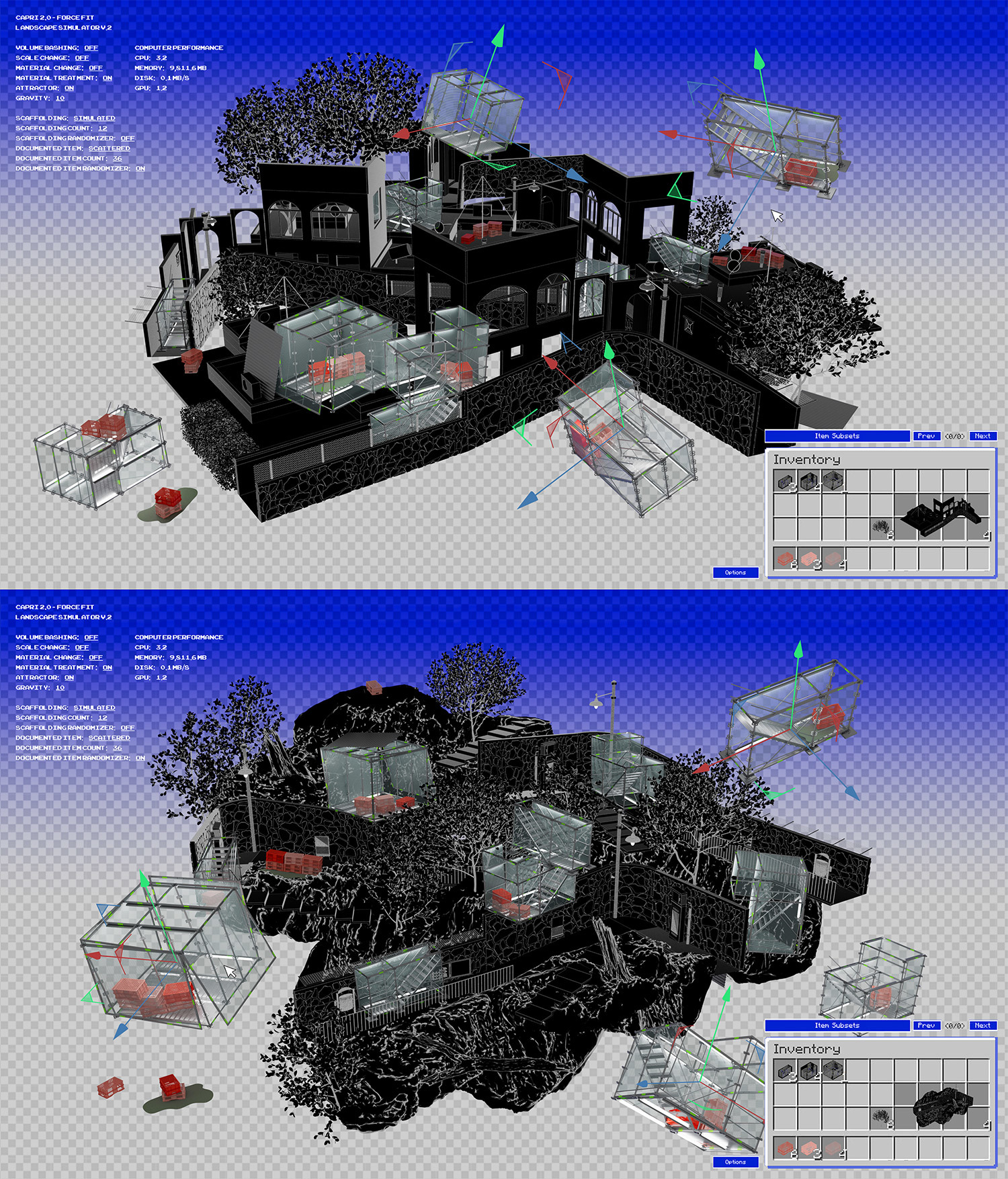
What would you say you're the most excited about right now in terms of what you're putting forth as a designer with now, both regarding the techniques and tools that you're using and also the ideas that you're working with?
New possibilities. The quasi-autonomous procedure I am working with continuously surprises me with fresh outcomes. To rationalize the result, I need to selectively forget what I have learned and reevaluate them all over again. I am not the solution to a problem but a problem for an existing solution. It is always exciting to dream about a possible future.
How would you say what you learned at SCI-Arc informed how you've created your career and what you've been able to do after leaving SCI-Arc?
“Speculative design” has no correct translation in Chinese. It is brand new to me when I started my master's program. SCI-Arc has trained me not only to imagine what the future of design is but to have the timely tools to achieve them. I feel ready and skilled to deal with my lifelong thesis project. I have taken on the responsibility of knowing our current circumstances, trying to fight for a better world, but not settling into the norms of design. And what drives me now is getting ready for the right time and chance to ground my design work from speculation.